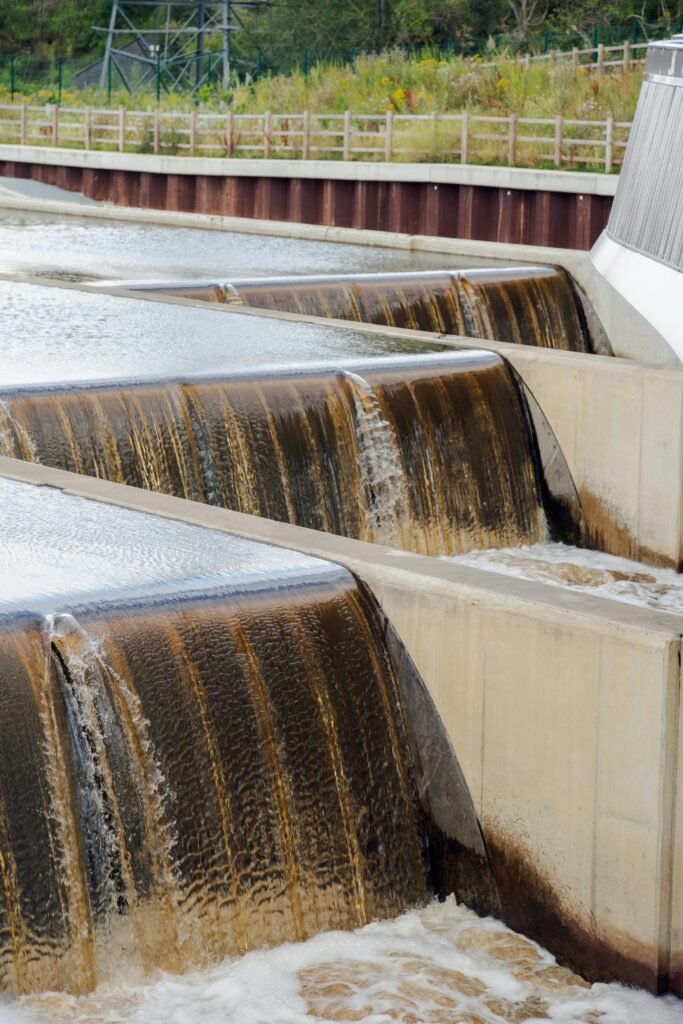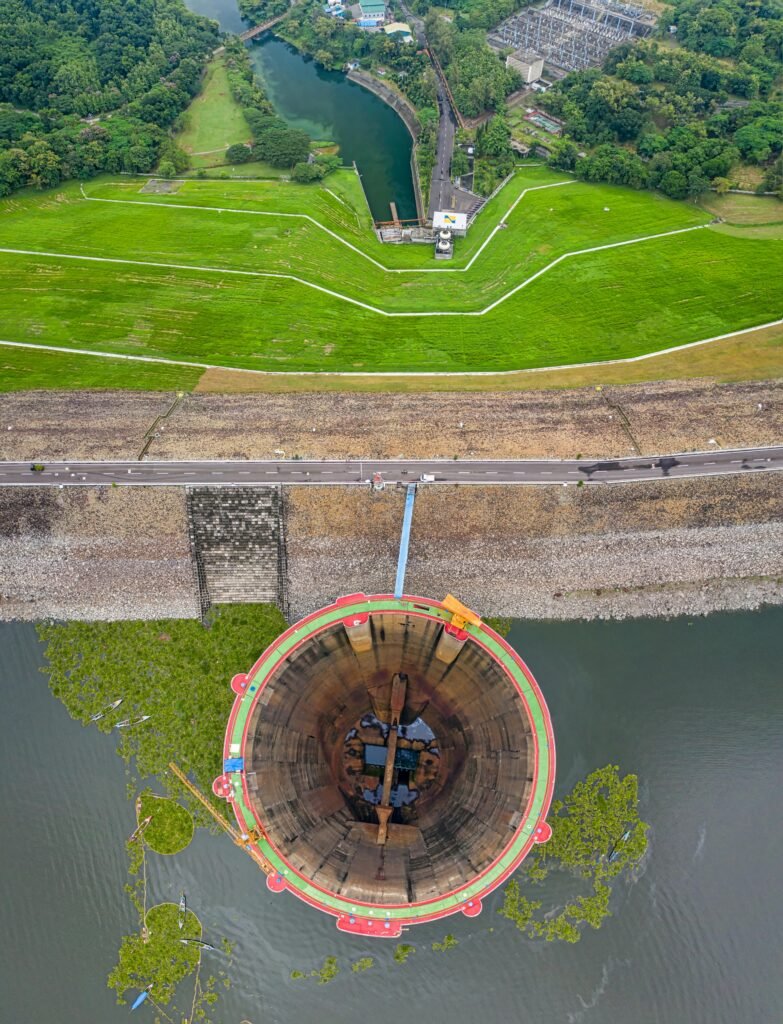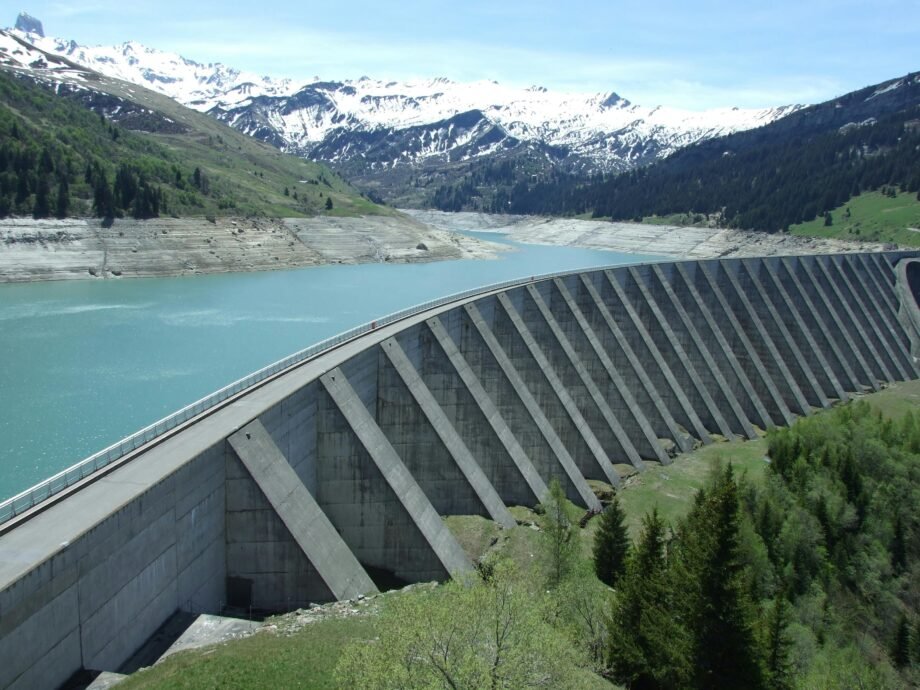As global populations grow and climate change exacerbates droughts, water conservation has become an urgent imperative. Desalination, the process of removing salt from seawater or brackish water, offers a lifeline for water-stressed regions. However, traditional desalination methods are energy-intensive and can produce harmful brine waste. Enter green desalination and the groundbreaking technology of forward osmosis—a truly renewable approach set to revolutionize how we access clean water. This represents a significant green desalination breakthrough that promises a sustainable future for water resources.
Green Desalination Explained: A Sustainable Paradigm Shift
Green desalination refers to desalination processes that significantly reduce environmental impact, primarily by:
- Minimizing Energy Consumption: Utilizing renewable energy sources like solar and wind power, or employing inherently less energy-intensive technologies.
- Reducing Brine Discharge: Developing solutions to manage and even utilize the concentrated salt byproduct, rather than simply discharging it back into the ocean.
- Chemical Reduction: Decreasing the reliance on chemical pretreatments and post-treatments.
This shift moves away from the “energy hog” reputation of conventional desalination towards a model that aligns with broader environmental goals. The pursuit of green desalination is vital for long-term water conservation.

Forward Osmosis: The Breakthrough Technology
While reverse osmosis (RO) has been the dominant desalination technology, forward osmosis (FO) presents a compelling green desalination breakthrough. Unlike RO, which uses high pressure to force water through a membrane, FO leverages natural osmotic pressure.
How Forward Osmosis Works:
- No High Pressure: Instead of brute force, FO uses a “draw solution”—a “highly concentrated salt solution—on one side of a semi-permeable membrane.
- Natural Water Movement: Water from the “feed solution” (e.g., seawater) naturally moves across the membrane into the draw solution because of the osmotic pressure difference. This process requires very little external energy.
- Draw Solution Regeneration: Once the draw solution becomes diluted with the fresh water, a separate, low-energy process (often low-heat distillation or a secondary, less energy-intensive RO step) separates the fresh water from the draw solution, which is then recycled. (Source: Aquaporin, “What is Forward Osmosis | Frequently asked questions”)
Benefits of Forward Osmosis in Desalination:
- Significantly Lower Energy Consumption: This is the most crucial advantage, aligning perfectly with green desalination principles. FO operates at much lower pressures, requiring less electrical energy.
- Lower Fouling Potential: Because there's no high pressure forcing contaminants onto the membrane, FO membranes are less prone to fouling, leading to longer membrane life and reduced cleaning frequency.
- Ability to Treat High-Salinity/Challenging Water: FO can effectively treat water sources that are too highly concentrated or prone to fouling for conventional RO, expanding the scope of treatable water sources. (Source: Engineering.com, “Green Desalination through Forward Osmosis”)

Renewable Energy Integration: The Synergy of Green Desalination
The true power of green desalination is realized when it's directly coupled with renewable energy sources. Imagine desalination plants powered entirely by dedicated solar farms or offshore wind turbines. This eliminates the carbon footprint associated with water production, making it a genuinely clean technology.
Companies like Acciona Renewable Energy are leading the charge. Acciona, a global leader in desalination by reverse osmosis, has built plants capable of treating nearly 8 million m³/day. Significantly, many of their projects, like the Casablanca SWRO plant in Morocco, are designed to be powered by 100% renewable wind energy through Power Purchase Agreements (PPAs), showcasing a concrete example of green desalination in action. (Source: Acciona, “Desalination | Business as unusual”)
Global Push for Green Water Conservation Solutions
The adoption of green desalination is not limited to large-scale industrial projects. Governments and communities worldwide are looking for ways to find green water conservation solutions.
- In regions like Germany, while not a primary focus for large-scale seawater desalination due to ample freshwater, there's a strong emphasis on energy-efficient homes and smart water conservation practices at the household level, including efficient appliances and rainwater harvesting, which complements the larger clean technology movement. (Source: DAAD, “Saving Energy – Water”)
- Emerging economies are increasingly recognizing the need for sustainable water solutions. The development of compact, modular green desalination systems powered by solar or wind energy offers promising solutions for remote communities or disaster relief.

Buying Desalination Systems: What to Look For
For municipalities, industries, or even private entities looking to purchase clean energy solutions for water, prioritizing green desalination systems means considering:
- Energy Efficiency: Look for systems with low energy consumption per cubic meter of water produced.
- Renewable Energy Integration: Systems designed to be powered by renewable energy sources (or that can easily be retrofitted).
- Brine Management Solutions: Inquire about technologies that minimize brine volume or enable brine utilization (e.g., mineral extraction).
- Technological Advancements: Consider newer technologies like Forward Osmosis for their inherent benefits.
The future of water security hinges on our ability to innovate sustainably. Green desalination and Forward Osmosis represent a critical breakthrough, promising a future where access to clean water is no longer at odds with environmental responsibility.
Want to Explore More?
Read our latest piece: Green Technologies of the Future: Which Developments Will Save the World?.
Comment below: What’s your take on the environmental cost of green tech?
Tag us on social media using #GreenTechRealityCheck
nature.com+7thenevadaindependent.com+7lithiumharvest.com+7
Have questions or thoughts? Comment below and let us know what more you’d like to learn about green technology—we’d love to hear from you!








